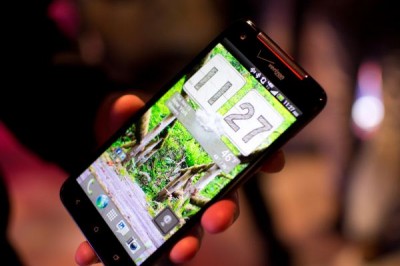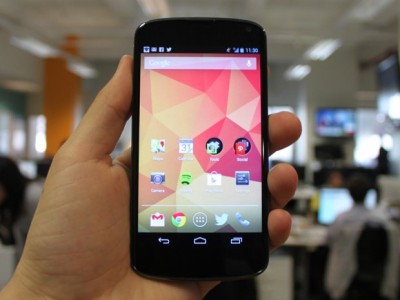Difference between HTC Droid DNA and Google Nexus 4

The mobile phone industry has entered a unique phase. The market has become so much cut throat that there is completion and comparisons even between two mobiles of the same manufacturer.
In this article, the specifications of HTC Droid DNA and Google Nexus 4 will be compared.
The two mobile phones are big competitors despite the fact that they are using the same Android operating system. Both devices have multiple fascinating features, and this makes the life easy and difficult at the same time for the consumer.
If you are interested in buying any of these two, you first of all need to understand all the differences.
HTC Droid DNA has a large 5.0-inch screen – 0.3-inch larger than Google Nexus 4.
The dimensions of HTC and Google devices are 141 x 70.5 x 9.7 mm and 133.9 x 68.7 x 9.1 mm respectively. There is no major difference in their weights though. HTC Droid DNA is 141.7 grams in weight, just 2.7 grams heavier than Google Nexus 4.
The HTC device has 16 GB internal memory, while the Google phone offers 8 GB. The former of the two does not have a secondary camera, while Nexus 4 offers 1.3 megapixels front-facing camera.
HTC Droid DNA is available only in black colour, whereas the Google device has several different shades. There are surely significant hardware differences between these two wonderful devices, but since both are Android-supported, it is hard to point out any major dissimilarity in their operating systems.
Instructions
-
1
HTC Droid DNA
Released in November 2012, the device created a good market very quickly. It is powered by Quad-core 1.5 GHz Krait processor and 2 GB RAM. Out of 16 GB internal memory, 11 GBs are available for the user.
It supports many fascinating features, such as SNS integration, Active noise cancellation with dedicated mic, TV-out (via MHL A/V link), Google Search, Maps, Gmail, Photo viewer/editor, and Voice memo/dial/commands.
Image Courtesy: anandtech.com
-
2
Google Nexus 4
It is an amazing device that offers capacitive, multi-touch. With classy features like Light sensor, Proximity sensor, Scratch-resistant glass, it has really made a huge impact.
Its average stand-by time is nearly 17 days. It has Quad core, 1500 MHz, Krait and 2048 MB RAM. An 8 MP camera is also available for the users.
Image Courtesy: businessinsider.com







